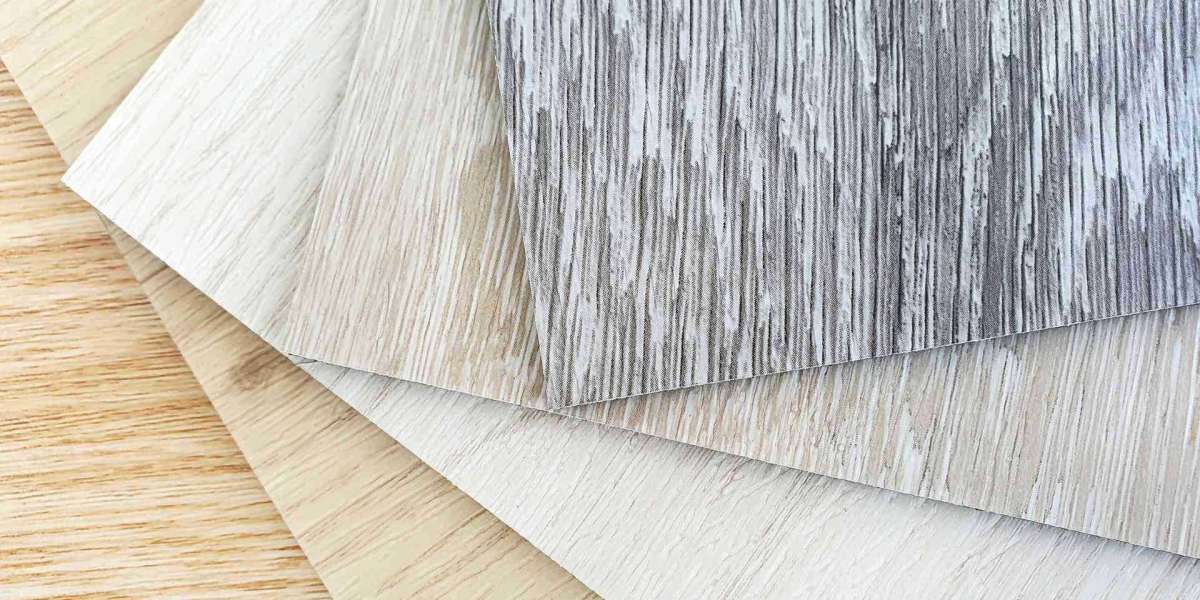Art and Technology Meet at Their Intersection
Once a mark of artisanal skill, wood veneers are seeing a dramatic shift as a result of revolutionary technical developments. Combining time-honored methods with state-of-the-art accuracy, this fusion is pushing the limits of possibility as new technologies transform long-established processes. Engineered marvels that combine sustainability, resilience, and beauty, modern veneers are more than just decorative.
A Look Back in Time: From Antiquated Practices to Cutting-Edge Innovation
Wood veneers have their origins in ancient Egypt, a place where simple tools were used in conjunction with elaborate artistry. In the past, furniture and architectural details were adorned with thin sheets of valuable wood that were meticulously sliced by hand by artisans. The introduction of simple mechanical tools during the Industrial Revolution allowed this labor-intensive process to be perfected over generations. From its modest origins, the veneer business has come a long way, riding on the backs of modern machinery and digital technologies.
Computer Numerical Control (CNC) Machines and Their Impact on Precision Engineering
When it comes to making veneers nowadays, CNC machines are the unsung champions. Perfect cutting, edging, and stacking are guaranteed by these devices, which combine computational accuracy with mechanical efficiency. They guarantee unmatched consistency in the realization of even the most complex designs by attaining tolerances that would be unfathomable in manual methods. Additionally, CNC automation reduces material waste, which makes it an economical and environmentally conscious choice.
The New Era of 3D Modeling and Scanning in Digital Imaging
With the development of 3D scanning and modeling technologies, veneer design has reached new levels of perfection. Makers may now digitally map wood grains and patterns with these technologies, allowing for the creation of complex, repeatable designs with almost perfect symmetry and alignment. Digital imaging technology guarantees that each veneer piece is a work of art, whether it is making bespoke designs or imitating exotic wood grains.
Rethinking Sustainability: Green Advancements in Veneer Production
Long ago, sustainability was a catchphrase; today, it is a must. Modern technology has brought forth energy-efficient machinery, systems that produce minimal waste, and adhesives that are biodegradable, bringing veneer manufacture in line with environmentally sensitive ideas. The industry's dedication to minimizing its impact on the environment without sacrificing aesthetics is demonstrated by innovations like engineered veneers, which are crafted from fast-growing or recycled woods.
Wood Veneers and Nanotechnology: A Little Science with a Huge Effect
Wood veneers are becoming more resistant to the environment and longer lasting as nanotechnology makes its way into the business. These nanotechnology advancements, which range from hydrophobic treatments to anti-scratch coatings, are revolutionizing performance and durability. Thanks to nanomaterials, veneers can withstand high levels of moisture and foot activity while also being resistant to stains, microbiological development, and ultraviolet light.
Innovative Bonding Techniques: Smart Adhesives
The days of using simple glues are over. These days, you can get smart adhesives that attach at the molecular level and adjust to different environments to make sure they stay put. In addition to being stronger, these modern adhesives are safer to use because they do not release any toxic gases when applied. Innovative technology can improve even the most minute parts of veneer manufacturing, and smart adhesives are proof of that.
Exploring the Limits of Creativity via Personalization and Visual Flexibility
Thanks to advancements in veneer technology, customizability has never been easier. With the help of digital images and precision equipment, it is now feasible to develop new aesthetics or imitate exotic wood patterns, effectively erasing the boundary between technological wizardry and natural artistry. Veneers have been elevated to the level of an art form thanks to the freedom they now give architects and designers to experiment with multi-tone finishes, gradient effects, and intricate geometric patterns.
The Importance of Automation for Streamlined Production and Cost Efficiency
From the initial processing of raw materials to the final packaging, automation has greatly simplified veneer manufacture. while compared to humans, robotic devices are far more accurate while doing repetitive jobs. This effectiveness lowers manufacturing costs and makes high-quality veneers more accessible to a broader demographic.
Use of AR and VR in the realm of design
With the use of AR and VR, designers and clients can now see veneer applications in 3D, in real time. Users can try out various veneer textures, patterns, and finishes on 3D furniture or room models using augmented reality technologies. This collaborative method streamlines the decision-making process and connects the dots between ideation and implementation, guaranteeing that the end result is up to par.
Synthetic Wood Veneers: A Product of Bioengineering
Synthetic wood veneers, made possible by bioengineering, are revolutionizing the veneer industry. Vegetable fiber and biodegradable polymer veneers look and feel much like real wood, but they're much more resistant to wear and tear and have a longer lifespan. Sustainable alternatives are in high demand, and this innovation satisfies that need without sacrificing style or quality.
Automated Quality Control: Achieving Excellence through AI
The quality control process in veneer manufacturing is greatly aided by artificial intelligence (AI). Microscopically, systems driven by AI can identify veneer sheets with flaws, irregularities, or blemishes. This degree of inspection raises industry standards and decreases material waste by ensuring that only the best items reach customers.
Technologically Enhanced Veneers: Difficulties and Moral Questions
Duties increase as one advances. The increasing demand for exotic wood veneers has brought ethical sourcing of raw materials to the forefront of our minds. There are concerns over authenticity and the preservation of traditional workmanship due to the excessive use of synthetic methods. In order to preserve the integrity of natural beauty and artistry, the business must walk a fine line between embracing technological progress and letting it eclipse it.
Projection Into the Future: The Cutting Edge of Wood Veneer Technology
The future of veneer technology is bright and full of promise. Even as we move toward a future where AI-driven design tools and robotic assembly lines coexist in perfect harmony, the future also holds the possibility of a return to the human touch in every technological veneer. The veneer business is about to undergo a radical transformation in the context of contemporary architecture and design, thanks to rising customer demand for sustainability and personalization.














